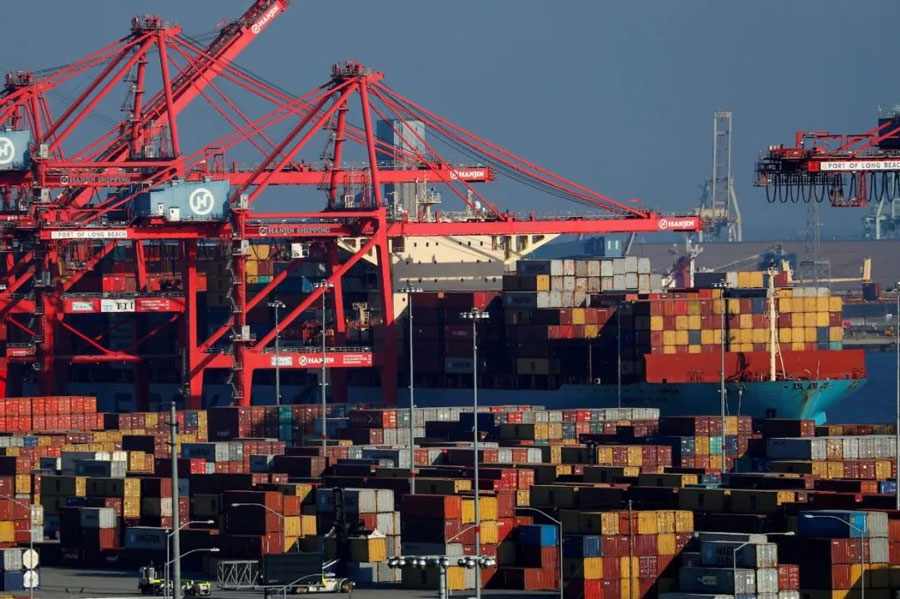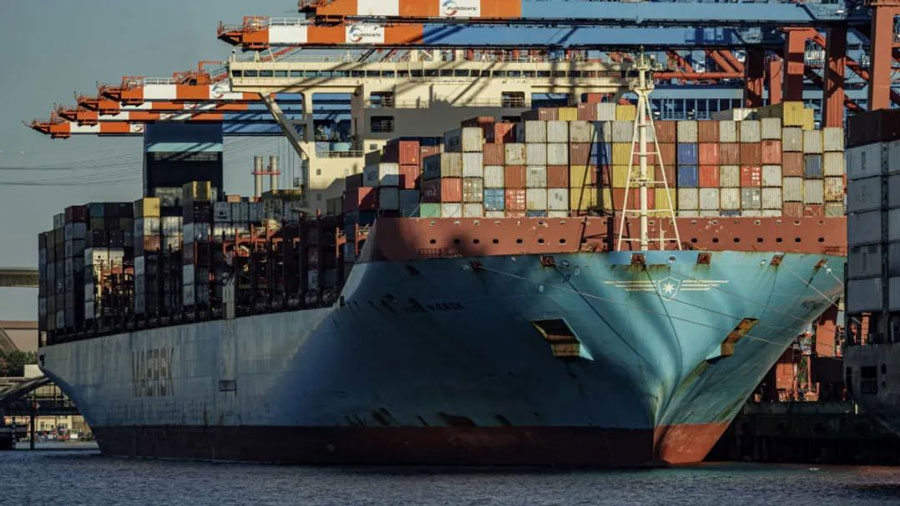

Analysis: The Red Sea is expected to open by 2025
According to a new industry survey by maritime consultancy Drewry, most container operators expect access to the Suez Canal to resume by the end of 2025, and they are also bracing themselves for an escalation of US tariffs that could reshape global trade.
According to the survey, 54 percent of respondents expect the Suez Canal to be fully operational by the end of 2025, 29 percent think it will be delayed until 2026, and only 2 percent think it could last beyond 2030.
Deloury noted that the Suez Canal Authority had expressed optimism that shipping volumes would pick up by the end of March and that if the Gaza ceasefire held, the canal could be fully restored by mid-year. Recent developments, however, have complicated the resumption of the traditional Suez Canal route, with US President Donald Trump urging Israel to call off the ceasefire if the hostages are not repatriated by February 15.
The Red Sea crisis has had a significant impact on global shipping capacity. Mr Delury estimates that the diversion of the Red Sea route has reduced effective container capacity by about 9 per cent.
China is seen as the most likely to be affected by new U.S. tariffs, with 85 percent of respondents expecting China to face additional tariffs. Mexico (76 per cent), Canada (73 per cent) and the European Union (60 per cent) were also identified as potential targets. Even countries that may benefit from trade diversion, such as India (16%) and Vietnam (14%), may not be able to avoid the impact of future tariffs.
The performance of container shipping stocks is also worth watching. Delury Maritime Finance Research's container stock index shows that $1,000 invested in early 2019 would grow to about $3,150 by February 10, 2025, outperforming the S&P 500's $2,346 return. However, the index has fallen 50 percent from its peak, underscoring the sector's vulnerability to geopolitical events.
As the shipping industry faces a complex intersection of geopolitics and market dynamics, two key factors are being closely watched: the situation in the Red Sea and US trade policy.
Maersk, the world's second-largest shipping company, announced this month that it expects global container volumes to grow by about 4 percent in 2025. However, the company acknowledged that this outlook depends on a number of key factors, not least the uncertainty of the reopening of the Red Sea in the context of the Gaza ceasefire. Maersk expects operating profit to be between $0 billion and $3 billion in 2025, but this forecast could be adjusted over time.
According to the survey, 54 percent of respondents expect the Suez Canal to be fully operational by the end of 2025, 29 percent think it will be delayed until 2026, and only 2 percent think it could last beyond 2030.

Deloury noted that the Suez Canal Authority had expressed optimism that shipping volumes would pick up by the end of March and that if the Gaza ceasefire held, the canal could be fully restored by mid-year. Recent developments, however, have complicated the resumption of the traditional Suez Canal route, with US President Donald Trump urging Israel to call off the ceasefire if the hostages are not repatriated by February 15.
The Red Sea crisis has had a significant impact on global shipping capacity. Mr Delury estimates that the diversion of the Red Sea route has reduced effective container capacity by about 9 per cent.

China is seen as the most likely to be affected by new U.S. tariffs, with 85 percent of respondents expecting China to face additional tariffs. Mexico (76 per cent), Canada (73 per cent) and the European Union (60 per cent) were also identified as potential targets. Even countries that may benefit from trade diversion, such as India (16%) and Vietnam (14%), may not be able to avoid the impact of future tariffs.
The performance of container shipping stocks is also worth watching. Delury Maritime Finance Research's container stock index shows that $1,000 invested in early 2019 would grow to about $3,150 by February 10, 2025, outperforming the S&P 500's $2,346 return. However, the index has fallen 50 percent from its peak, underscoring the sector's vulnerability to geopolitical events.

As the shipping industry faces a complex intersection of geopolitics and market dynamics, two key factors are being closely watched: the situation in the Red Sea and US trade policy.
Maersk, the world's second-largest shipping company, announced this month that it expects global container volumes to grow by about 4 percent in 2025. However, the company acknowledged that this outlook depends on a number of key factors, not least the uncertainty of the reopening of the Red Sea in the context of the Gaza ceasefire. Maersk expects operating profit to be between $0 billion and $3 billion in 2025, but this forecast could be adjusted over time.





